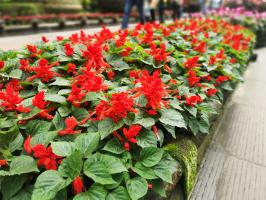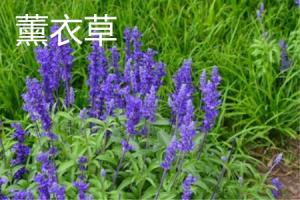What is a Plant Terrarium: A Miniature Garden in a Glass Container
Plant terrariums are miniature gardens that are housed inside glass containers. These tiny, self-sustaining ecosystems bring a piece of nature inside your home or office, creating a peaceful and relaxing atmosphere.
The History and Evolution of Plant Terrariums
The first known plant terrarium was created in 1827 by Nathaniel Bagshaw Ward, a London botanist. He initially developed the enclosed glass containers to study and transport plants from around the world. However, he soon discovered that the plants could self-sustain inside the containers.
Over time, plant terrariums evolved into decorative objects, often adorned with sand, stones, and miniature figurines. They were especially popular during the Victorian era when nature-inspired decor was in vogue.
The Benefits of Plant Terrariums
Plant terrariums offer numerous benefits beyond being a decorative piece. They can improve air quality, reduce stress, and boost overall mood. Studies have shown that spending time around plants can improve cognitive function and increase creativity.
Additionally, plant terrariums are low maintenance and can be easily cared for by even the least experienced gardeners. They don't require a large space, making them an ideal option for apartment dwellers or those with limited outdoor space.
Creating Your Own Plant Terrarium
To create your own plant terrarium, you will need a glass container, potting soil, plants, and decorative items such as rocks or figurines. There are two types of plant terrariums: closed and open. Closed plant terrariums are sealed glass containers that trap moisture, creating a self-sustaining ecosystem. Open plant terrariums are not sealed and require occasional watering to maintain proper moisture levels.
First, choose a container that is appropriate for the plants you wish to use. For example, cacti and succulents require a container that has a drainage hole to prevent water from pooling at the bottom. Next, add a layer of rocks or sand to the bottom of the container for drainage, followed by a layer of activated charcoal to prevent mold and mildew. Then, add a layer of potting soil and plant your chosen plants. Finally, add decorative elements such as rocks, figurines, or live moss.
Maintaining Your Plant Terrarium
Once your plant terrarium is assembled, it requires minimal maintenance. Closed plant terrariums only need occasional watering, and open plant terrariums require more frequent watering to maintain proper moisture levels. It's important to use a spray bottle or a watering can with a small spout to prevent over-watering. To prevent the growth of mold or bacteria, open plant terrariums should be exposed to indirect sunlight and have proper ventilation.
In Conclusion
Plant terrariums offer a miniature oasis, bringing a slice of nature into your home or office. With low maintenance, minimal space requirements, and numerous benefits, there are many reasons to try your hand at creating your own plant terrarium.

 how many times do yo...
how many times do yo... how many planted tre...
how many planted tre... how many pine trees ...
how many pine trees ... how many pecan trees...
how many pecan trees... how many plants comp...
how many plants comp... how many plants can ...
how many plants can ... how many plants and ...
how many plants and ... how many pepper plan...
how many pepper plan...






























